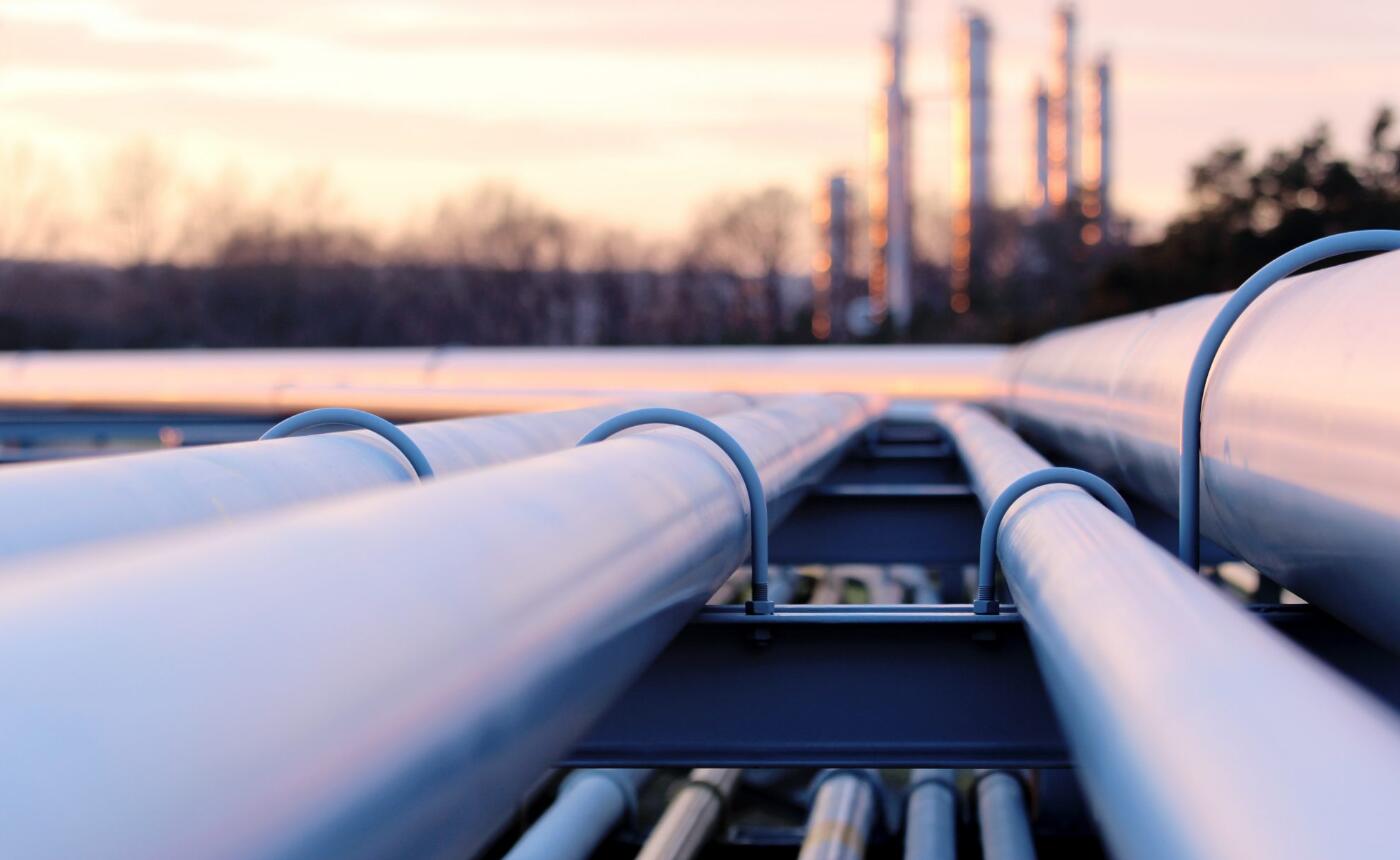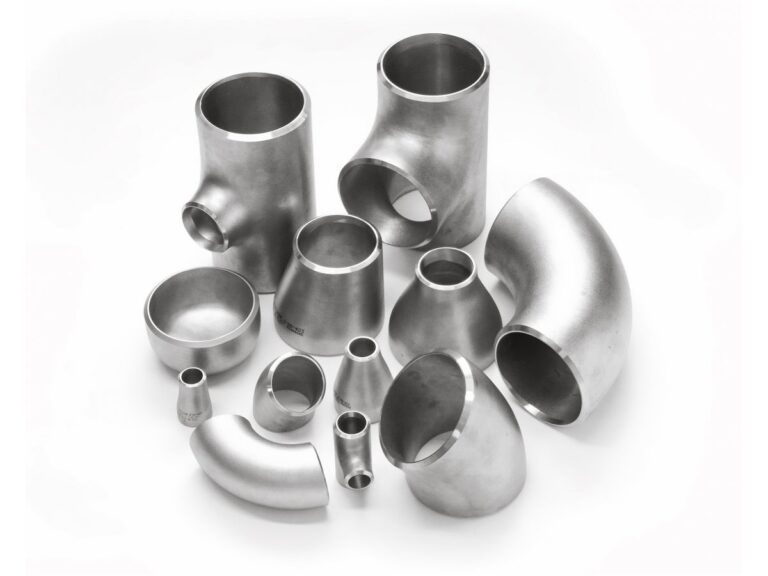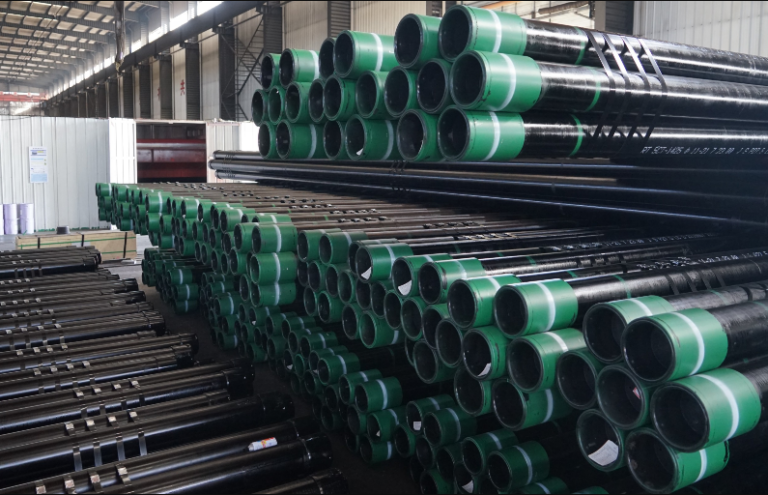How to choose oil pipeline pipe? Here you can find all the information
Table of contents
- What is oil pipe?
- Classification of oil pipe
- Common specifications and sizes of oil pipe
- Requirements of oil industry for line pipe
- Application scenarios of various specifications and sizes
- Conclusion
The oil industry has very strict quality requirements for line pipes because line pipes play a very important role in the transportation and processing of oil.
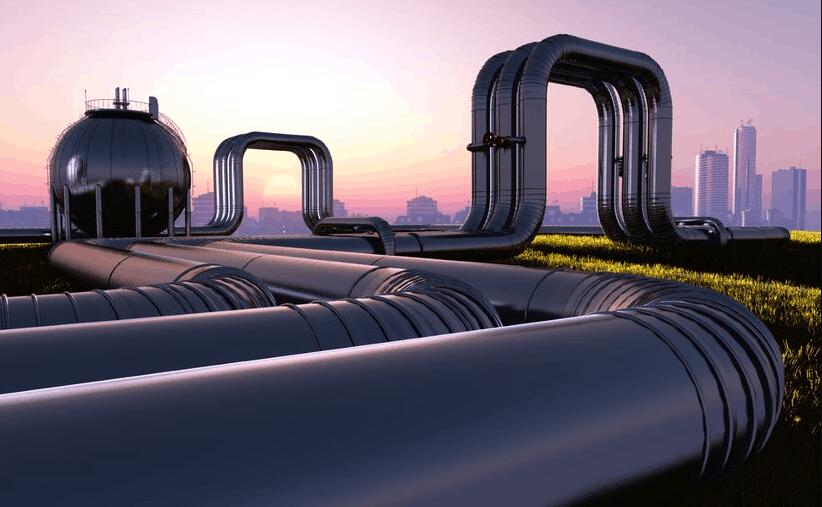
What is oil pipe?
Oil pipe is a kind of pipeline used to transport oil, gas or other chemicals. It is usually made of carbon steel, alloy steel and other materials, and has the characteristics of high temperature resistance, corrosion resistance and good pressure resistance.
Classification of oil pipe
According to different uses, oil pipes can be divided into several types, such as oil well pipes, reservoir pipes, oil pipelines, gas reservoir pipes, etc.
Among them, oil well pipes are mainly used for drilling operations, reservoir pipes are used for oil production and transmission, and oil pipelines and gas reservoir pipes are used to transport oil and gas.
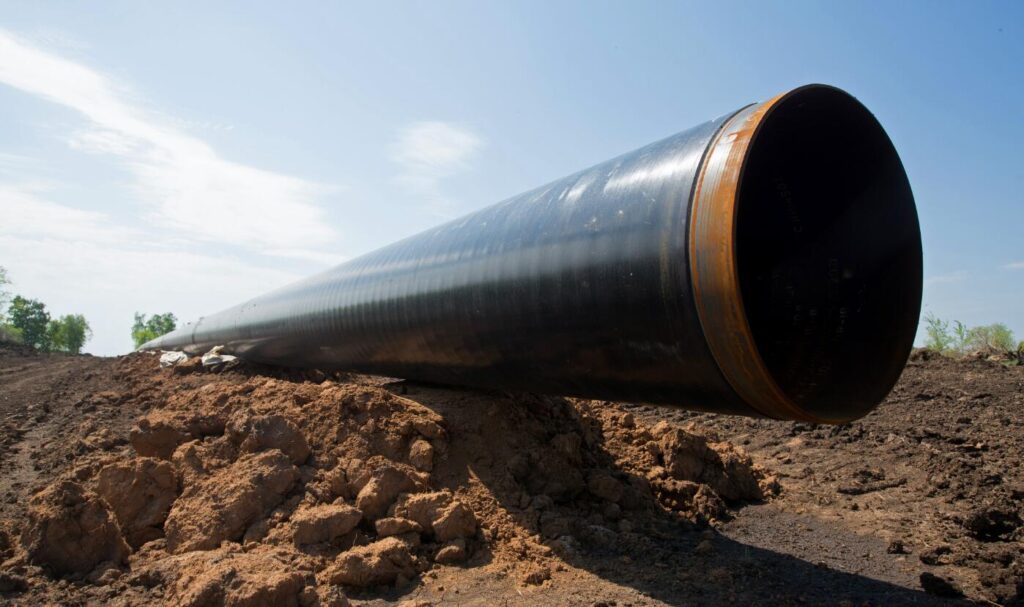
Common specifications and sizes of oil pipe
The specifications of oil pipes are generally composed of three parameters: outer diameter, wall thickness and length. Depending on the use requirements, there are usually the following specifications:
- Casing pipe: The diameter ranges from 4½ to 20 inches, and the wall thickness ranges from 0.205 to 0.875 inches.
- Tubing pipe: The diameter ranges from 1.05 to 4½ inches, and the wall thickness ranges from 0.113 to 0.797 inches.
- Line pipe: The diameter ranges from 2 to 48 inches, and the wall thickness ranges from 0.065 to 0.5 inches.
- Drill pipe: The diameter ranges from 23/8 to 65⁄8 inches, and the wall thickness ranges from 0.19 to 0.75 inches.
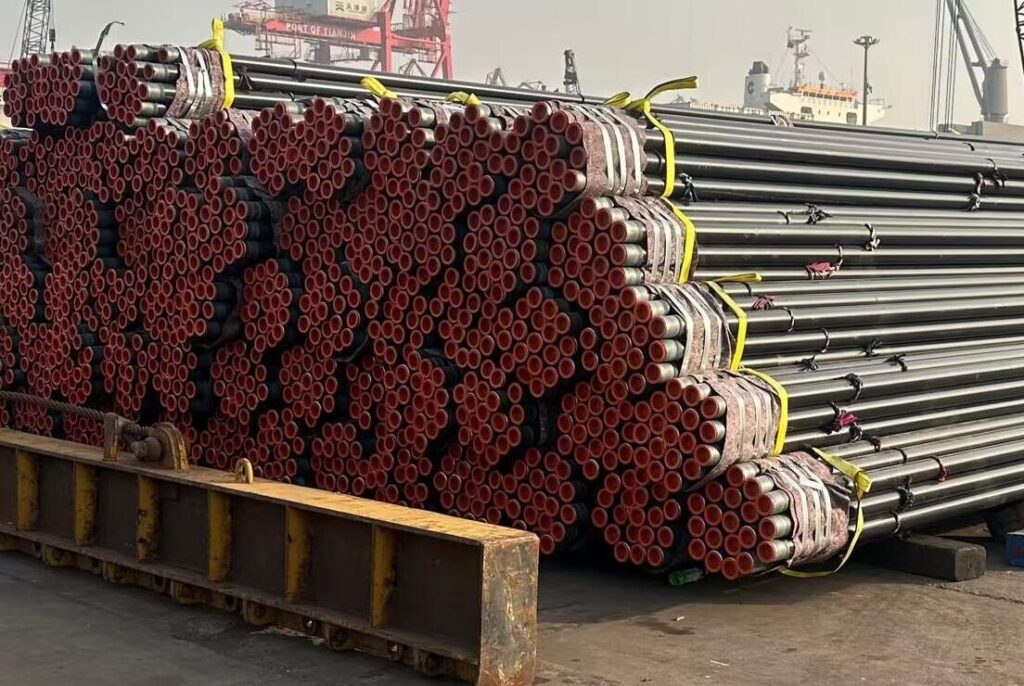
Requirements of oil industry for line pipe
The following are some of the oil industry’s quality requirements for line pipes:
Material selection
The oil industry requires high strength and good corrosion resistance for line pipes. Carbon steel or alloy steel is generally used as the main material to ensure the stability and safety of the pipeline.
Dimensional accuracy
The dimensional accuracy of pipeline pipes is very high to ensure the accuracy of pipeline connection and installation. Dimensionality is very important for the oil industry because any dimensional deviation may affect the operation of the pipeline.
Pressure resistance
The oil industry has very high requirements for the pressure resistance of pipeline pipes. Pipelines are subjected to high pressure and high temperature during transportation, so it is necessary to ensure that the pipeline pipes can withstand high pressure to prevent leakage and explosion accidents.
Corrosion resistance
Line pipes are exposed to acidic, alkaline and corrosive substances during oil transportation and processing, so they need to have good corrosion resistance.
The oil industry is very important for anti-corrosion measures for line pipes, such as internal and external coatings and anti-corrosion treatments.
Strength and toughness
The oil industry has high requirements for the strength and toughness of pipeline pipes to cope with external pressure and impact. Pipelines need to be able to withstand sudden situations such as earthquakes and storms, as well as external pressure underground and underwater.
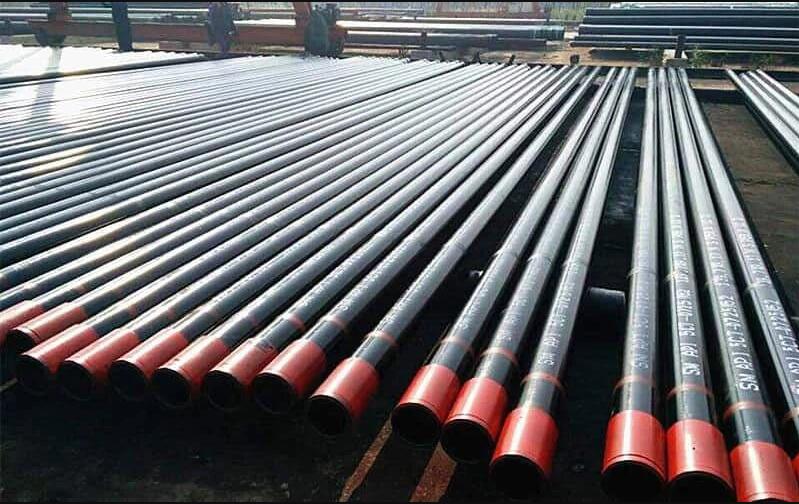
Application scenarios of various specifications and sizes
- Casing pipes are often used for wellbore support and well wall stability to prevent well wall collapse, and can also isolate different strata in the formation.
- Tubing pipes are mainly used to extract oil from oil wells, and their diameter and thickness need to be reasonably selected based on factors such as well depth and fluid properties.
- Line pipes are used to transport fluids such as oil and natural gas, and usually the specifications are selected based on factors such as transportation distance, fluid properties and pipeline pressure.
- Drill pipes are mainly used for drilling operations, and their specifications and sizes should be reasonably selected based on factors such as well depth, drill bit type, and mud circulation volume.
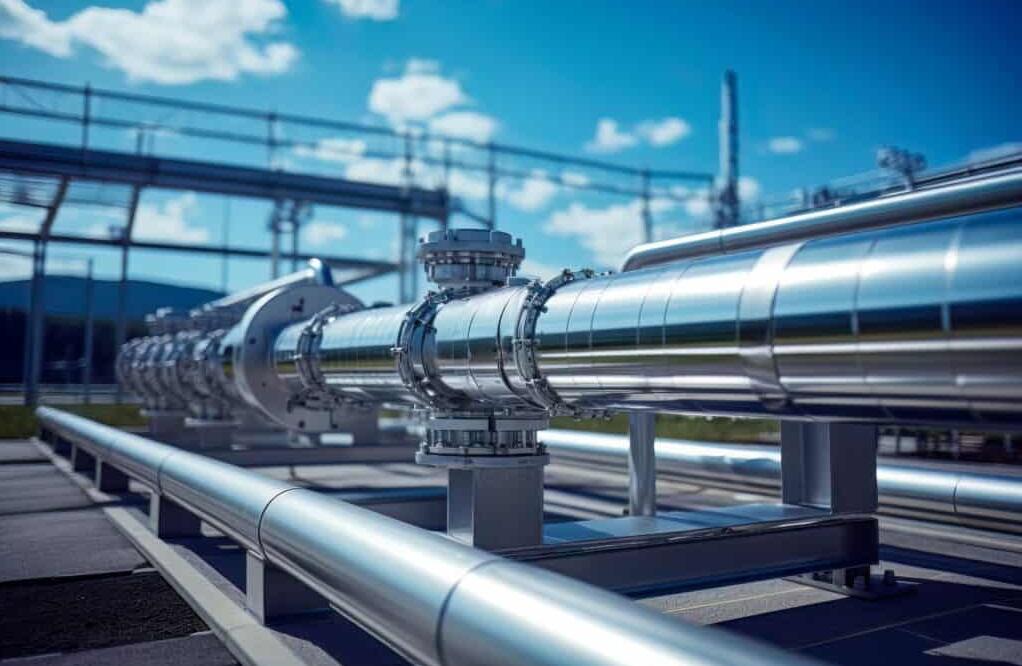
Conclusion
This article introduces in detail the definition, classification, common specifications and sizes of oil pipes.
By analyzing the application scenarios of different specifications and sizes, it helps readers better understand the selection and use of oil pipes.

